Nothing slows down your running progress like calf pain. Whether it’s a bit of soreness from a long run earlier in the week or a chronic ache that you can’t seem to shake, every runner knows the toll that calf pain can have on your daily strides.
While some runners can pinpoint the exact moment or injury that caused their calf pain, other runners are not so lucky. Sometimes, experiencing calf pain while running comes on slowly, and you don’t really know when it started. But you know when it’s there.
Whether you are a seasoned runner or new to the tracks, here are three common causes for calf pain while running, and what you can do to help treat each issue:
- A pulled or strained calf muscle — In some cases, you may have just pushed yourself too hard. Whether it was a longer run, a faster pace or not warming up properly, your calf muscles may have suffered a tear or strain, which is causing pain in your calf while running. In many cases, this pain isn’t felt right away, but rather the damage from the initial injury continues with each run, until one day you are aware of the dull ache in your calves.
Treatment: IASTM therapy and manual therapy are great to help restore damaged soft tissue (like muscles and tendons) in the body. Guided exercises can also help store strength and flexibility in the calves.
- Chronic exertional compartment syndrome (CECS) — This sounds like a mouthful, but CECS describes the swelling of one of the four main sections of your lower leg during exercise. This condition means that your fascia and your muscles don’t expand together during movement, which could cause sudden swelling and pain. Runners may be more susceptible to developing this condition. If you experience sudden pain in the calves while running, accompanied by swelling, seek medical attention immediately.
Treatment: In many cases, calf pain when running caused by CECS can be treated by ongoing physical therapy. However, in some severe cases, surgery may be required to help relieve the swelling caused by CECS.
- Sciatica — In some cases, calf pain while running is actually caused by the sciatic nerve in the lower back being pinched. The sciatic nerve starts in the lower back and runs down through the buttocks, hamstrings and knees, all the way to the midcalf. If the nerve is compressed at any place along this pathway, it can cause pain in the calf (as well as other areas along the nerve route).
Treatment: Physical therapy methods like manual therapy, guided stretches, therapeutic exercises and massage therapy can help relieve pressure on the sciatic nerve and also reduce the risk of re-injury, especially caused by running.
If you are experiencing calf pain while running, you should schedule an appointment with a physical therapist to find the root cause of your pain. Kansas is a direct access state, which means you do not need a referral from a physician to see a physical therapist. Contact our team at SSOR Physical Therapy today to schedule a free screening and find out what treatment options are available to you.

